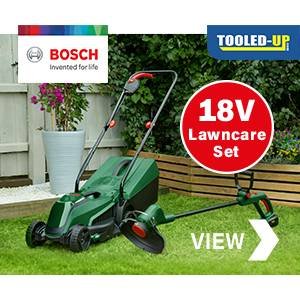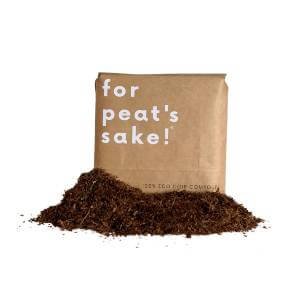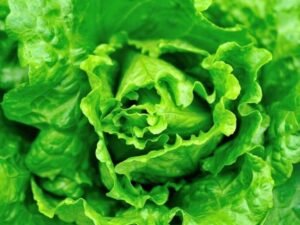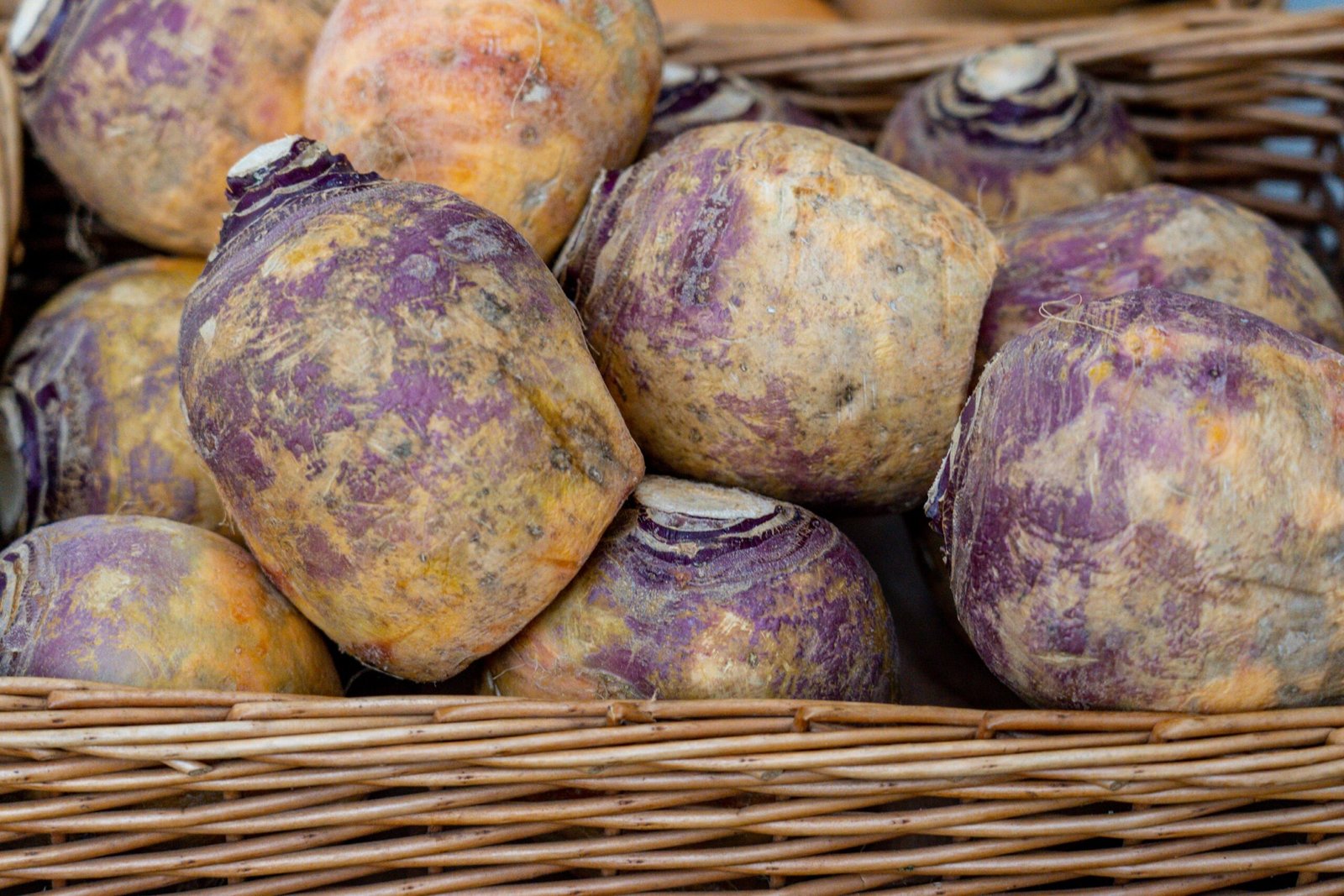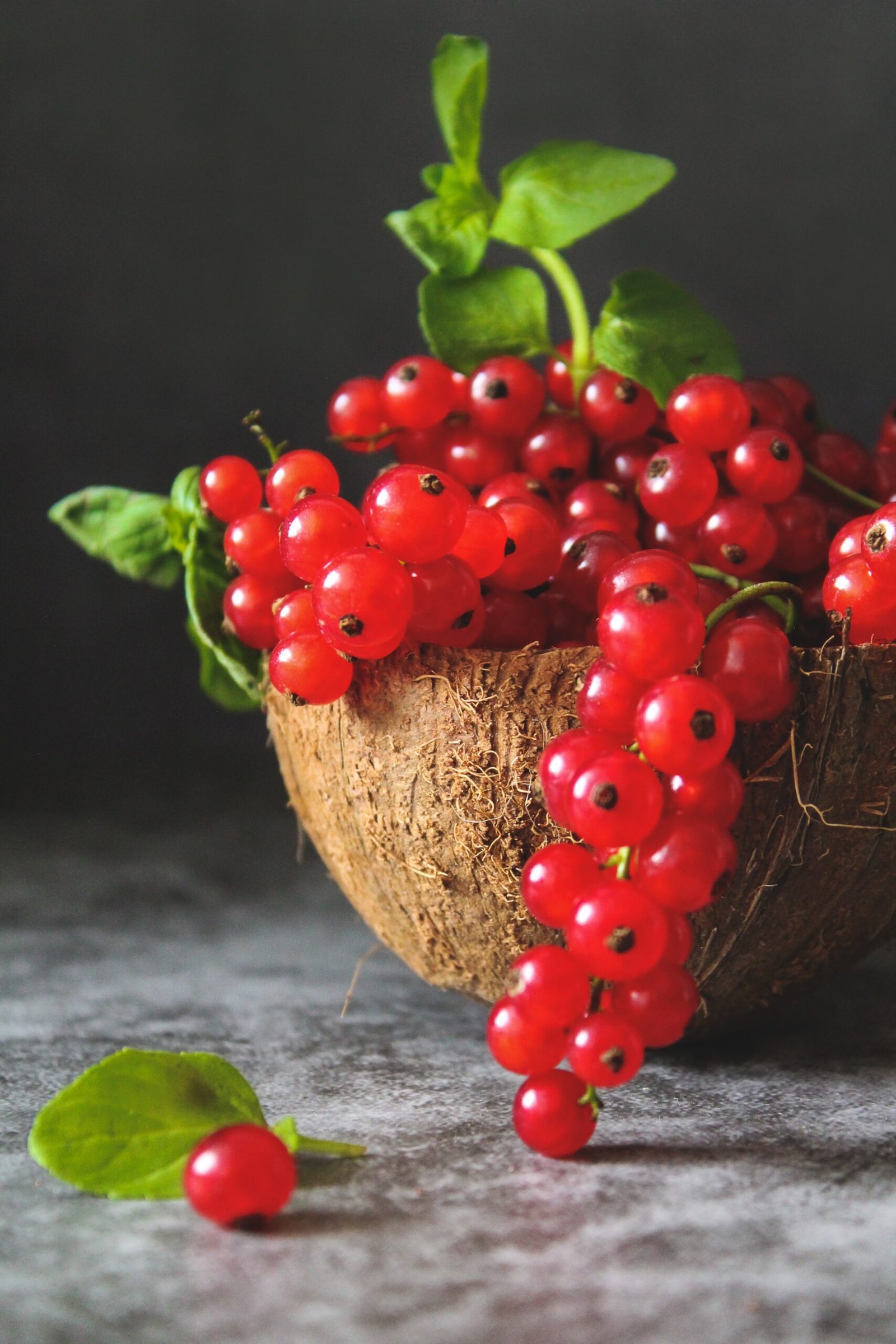Discover how to select optimal varieties, prepare the soil, and provide proper care for your plants. Say goodbye to store-bought cucumbers with their varying quality and hello to the satisfaction of growing your own fresh and organic produce.
In this guide, we’ll walk you through every step of the process, whether you’re planting in a garden or containers. You’ll learn the secrets to successful cucumber cultivation, ensuring a bountiful harvest for salads, pickling, or simply refreshing snacks. Get ready to embark on this exciting journey and enjoy the numerous rewards of growing your own cucumbers in the UK!
Benefits of Growing Cucumbers
When it comes to growing cucumbers in the UK, there are a multitude of advantages to enjoy. The UK climate provides ideal conditions for cucumber cultivation, allowing you to take full advantage of its benefits.
One of the main advantages of growing cucumbers in the UK is the abundance of sunlight and moderate temperatures, which are perfect for their growth. With plenty of sunshine and warm weather during the summer months, your cucumber plants will thrive, resulting in a generous yield.
Not only are cucumbers a refreshing and delicious addition to any meal, but they also offer numerous health benefits. These crunchy vegetables are low in calories and high in water content, making them an excellent choice for weight management and hydration. Cucumbers are also packed with essential vitamins and minerals, including vitamin K, vitamin C, potassium, and magnesium, which support overall health and well-being.
Moreover, cucumbers are incredibly versatile and can be used in various recipes. From fresh salads to flavorful sandwiches, pickles, or even infused water, cucumbers add a crisp and refreshing element to your culinary creations. Growing your own cucumbers not only ensures that you have a constant supply of this versatile vegetable but also allows you to savour the natural and unbeatable taste of homegrown produce.
By growing cucumbers in the UK, you can enjoy the benefits of a favourable climate, a nutrient-dense vegetable, and the freedom to explore their versatility in various recipes. So, get ready to enjoy the rewards of your cucumber harvest, where freshness, taste, and health come together!
Choosing the Right Cucumber Variety
When it comes to growing cucumbers in the UK, selecting the right variety is crucial for success. Here, we will explore the different types of cucumber varieties that are suitable for UK growing conditions and provide recommendations based on taste, size, and disease resistance.
English Cucumbers – These are long, slender cucumbers with a smooth skin and minimal seeds. English cucumbers are known for their mild and refreshing taste. They are typically grown in greenhouses or polytunnels, making them ideal for UK conditions. Recommended varieties include ‘Burpless Tasty Green,’ ‘Telegraph Improved,’ and ‘Marketmore 76.’
Bush Cucumbers – If you have limited space or prefer growing cucumbers in containers, bush cucumber varieties are an excellent choice. They have a compact growth habit and do not require extensive trellising. Bush cucumbers are known for their smaller size and are perfect for snacking or pickling. Recommended varieties include ‘Spacemaster,’ ‘Picklebush,’ and ‘Diva.’
Outdoor Cucumbers – For those who prefer growing cucumbers directly in the garden, outdoor cucumber varieties are ideal. These cucumbers are hardier and more resistant to diseases and pests commonly found in outdoor conditions. Recommended varieties include ‘Marketmore,’ ‘Regal,’ and ‘Passandra.’
When choosing cucumbers, consider their taste, size, and disease resistance. If you enjoy a milder flavour, English cucumbers are a great option.
For smaller cucumbers suitable for snacking or pickling, bush varieties are recommended. If you plan to grow cucumbers outdoors, opt for varieties with good disease resistance to ensure a successful harvest.
It’s also essential to check the seed packet or consult with your local garden centre for specific recommendations that suit your growing region in the UK. By selecting the right cucumber variety, you’ll be on your way to growing delicious, flavorful cucumbers that are adapted to the unique conditions of the UK.
Preparing a Cucumber Garden
To ensure optimal growth and a bountiful cucumber harvest, it is important to prepare your garden properly. In this section, we will discuss selecting an appropriate location with sufficient sunlight and soil preparation and enrichment for your cucumber plants.
Selecting an Appropriate Location – Cucumbers thrive in full sunlight, so it is essential to choose a location in your garden that receives at least 6-8 hours of direct sunlight daily. A south-facing or west-facing spot is ideal. Adequate sunlight ensures robust growth, and good fruit development, and helps to minimize disease issues.
Soil Preparation and Enrichment – Cucumbers prefer well-draining soil that is rich in organic matter. Follow these steps to prepare your soil for optimal cucumber growth:
Clear the Area: Remove any existing weeds or grass from the garden bed where you plan to grow your cucumbers.
Loosen the Soil: Use a garden fork or tiller to loosen the soil to a depth of about 8-10 inches. This improves drainage and makes it easier for cucumber roots to penetrate the soil.
Amend the Soil: Add organic matter, such as compost or well-rotted manure, to improve the soil’s fertility and moisture retention. Work the organic matter into the soil, ensuring it is evenly distributed.
Check the pH: Cucumbers prefer slightly acidic soil with a pH range of 6.0-7.0. Test your soil’s pH using a soil testing kit, and adjust it if necessary by adding lime to raise the pH or sulfur to lower it.
Mulching and Watering – After soil preparation, consider applying a layer of organic mulch around your cucumber plants. Mulching helps retain soil moisture, suppresses weeds, and regulates soil temperature. Organic mulch options include straw, grass clippings, or wood chips. Remember to water your cucumber plants regularly, aiming for a consistent level of moisture in the soil. Avoid overwatering, as excessive moisture can lead to disease issues.
By selecting an appropriate location with ample sunlight and preparing the soil to be fertile and well-draining, you create an ideal environment for your cucumber garden. Following these steps will provide your cucumber plants with the best conditions for healthy growth and abundant harvests.
Starting Cucumber Seeds or Seedlings
Starting cucumber plants from either seeds or seedlings is an excellent way to kickstart your cucumber garden.
In this section, we will provide step-by-step instructions for starting cucumber seeds indoors and offer tips on seed-starting mediums, watering, and temperature control.
Alternatively, we will explain how to purchase ready-to-plant seedlings.
Starting Seeds Indoors
Gather Supplies: Collect the necessary supplies, including seed trays or pots, seed starting mix, seeds, and a water sprayer.
Prepare Seed Trays: Fill the seed trays or pots with a high-quality seed starting mix. Moisten the mix, ensuring it is evenly damp.
Plant Seeds: Sow cucumber seeds about 1 inch deep in the seed trays, spacing them according to the seed packet instructions. Cover the seeds lightly with the seed starting mix.
Provide Warmth and Moisture: Place the trays in a warm location, around 70-80°F (21-27°C). Cover the trays with a plastic dome or plastic wrap to create a greenhouse effect, trapping moisture. Mist the soil lightly with water whenever it begins to dry out.
Ensure Adequate Light: Once the seeds germinate and seedlings emerge, remove the plastic covering and place the trays in a location with bright, indirect sunlight or under grow lights. Aim for 12-16 hours of light per day.
Thin Seedlings: When the seedlings have developed their first set of true leaves, thin them out by removing weaker or overcrowded seedlings, leaving the strongest ones to grow.
Purchasing Seedlings
Find a Reliable Source: Look for a reputable garden center, nursery, or online supplier that offers healthy cucumber seedlings.
Choose Healthy Seedlings: When purchasing seedlings, inspect them carefully. Look for sturdy stems, healthy green leaves, and no signs of pests or diseases. Avoid seedlings that appear leggy or yellowish.
Transplant Seedlings: Once you have purchased the seedlings, handle them with care while transplanting them into prepared garden beds or containers. Ensure the soil is moist, and transplant the seedlings at the recommended spacing.
Tips on Seed Starting Mediums, Watering, and Temperature Control
Seed Starting Mediums: Use a well-draining seed starting mix or a blend of peat moss, perlite, and vermiculite to start your cucumber seeds. This provides an optimal growing environment for germination and root development.
Watering: Keep the soil consistently moist while avoiding overwatering. Use a water sprayer to gently mist the soil surface whenever it begins to dry out. Water from the bottom by placing the seed trays in a shallow tray of water and letting the soil absorb the moisture.
Temperature Control: Cucumber seeds require warm soil temperatures of around 70-80°F (21-27°C) for successful germination. Once the seedlings emerge, provide a slightly cooler temperature of around 65-75°F (18-24°C) for healthy growth.
By following these step-by-step instructions for starting cucumber seeds indoors or purchasing ready-to-plant seedlings, you’ll be on your way to a successful cucumber garden. Remember to provide the appropriate seed starting mediums, water your plants adequately, and control the temperature to ensure strong and healthy cucumber seedlings.
Planting Cucumber Seedlings
After successfully starting cucumber seedlings, it’s time to transplant them into your garden or containers. In this section, we will provide guidelines for planting cucumber seedlings, including spacing requirements and trellising options for efficient growth.
Transplanting Seedlings into the Garden or Containers
Choose a Planting Location: Select a sunny location in your garden that receives at least 6-8 hours of direct sunlight daily. Ensure the soil is well-draining and enriched with organic matter.
Prepare the Soil: Before transplanting, prepare the soil by removing any weeds or grass and loosening it to a depth of about 8-10 inches. Incorporate organic matter into the soil for added fertility.
Dig Planting Holes: Dig holes in the planting area that are slightly larger than the root ball of the cucumber seedlings. Space the holes according to the recommended spacing, usually around 12-18 inches apart for bush varieties or 24-36 inches apart for vining varieties.
Transplant Seedlings: Gently remove the seedlings from their containers, being careful not to damage the roots. Place each seedling in a planting hole and cover the roots with soil, firming it gently around the base of the seedling.
Spacing Requirements and Trellising Options
Spacing: Proper spacing is important to provide each cucumber plant with enough room to grow and ensure good air circulation. Bush varieties usually require 12-18 inches between plants and 2-4 feet between rows. Vining varieties need more space, with 24-36 inches between plants and 4-6 feet between rows.
Trellising: Consider trellising your cucumber plants to save space and improve air circulation. Train the vines to grow vertically by tying them to a trellis or vertical support structure. This method helps prevent diseases, keeps the fruit off the ground, and makes harvesting easier.
Watering and Caring for Cucumber Plants
Consistent watering and proper care are essential for healthy cucumber plants. In this section, we will discuss the importance of consistent watering to prevent stress and disease and provide recommendations for mulching and regular monitoring of plant health.
Consistent Watering
Watering Needs: Cucumber plants require regular and consistent watering to prevent stress, especially during hot weather. Provide about 1-1.5 inches of water per week, aiming for moist soil, but avoid overwatering, which can lead to root rot.
Watering Technique: Water at the base of the plants, aiming for the soil rather than wetting the leaves. Drip irrigation or a soaker hose is ideal for efficient and targeted watering. Avoid watering the leaves, as damp foliage can lead to disease issues.
Mulching and Regular Monitoring
Mulching: Apply a layer of organic mulch, such as straw or wood chips, around the cucumber plants. Mulching helps conserve soil moisture, suppress weeds, and regulate soil temperature.
Monitoring Plant Health: Regularly monitor your cucumber plants for signs of stress, pests, or diseases. Look for wilting leaves, yellowing foliage, or any unusual spots or markings. Detecting issues early allows for prompt intervention and treatment.
Fertilising and Disease Prevention
To ensure proper nutrient balance and prevent common cucumber diseases, it’s important to fertilise your plants appropriately and take preventive measures. In this section, we will provide a guide to fertilising cucumber plants and offer tips for preventing diseases like powdery mildew and cucumber beetles.
Fertilising Cucumber Plants
Soil Test and Initial Fertilisation: Before planting, conduct a soil test to determine the nutrient levels. Based on the results, add organic matter or a balanced fertilizer to improve the soil. Follow the fertiliser package instructions for application rates.
Side-Dressing Fertiliser: Once the cucumber plants begin to vine, side-dress them with a nitrogen-rich fertiliser. Apply the fertiliser according to the package instructions, avoiding direct contact with the plant stems.
Disease Prevention
Powdery Mildew: Prevent powdery mildew by providing good air circulation, avoiding overhead watering, and choosing mildew-resistant cucumber varieties. If necessary, treat with organic fungicides as recommended.
Cucumber Beetles: Control cucumber beetles by monitoring plants regularly and handpicking or using insecticidal soap. Floating row covers can also exclude them from the plants.
Training and Supporting Cucumber Vines
Training cucumber vines to grow vertically and providing support structures will maximize space utilization and promote healthy growth. In this section, we will demonstrate techniques for training cucumber vines and introduce various support structures, such as trellises or cages.
Training Cucumber Vines
Encouraging Vertical Growth: As cucumber plants grow, gently train the main vine to grow vertically. This can be done by redirecting the vine towards a trellis or support structure and securing it with gardening ties or twine.
Pruning Lateral Shoots: Cucumber plants often produce lateral shoots or side branches. To manage the plant’s growth and promote better fruit development, prune these lateral shoots to direct energy towards the main vine.
Support Structures
Trellises: Install a trellis system, such as vertical netting or wire mesh, for cucumber vines to cling onto as they grow. The trellis should be sturdy enough to support the weight of the vines and fruits.
Cages: Alternatively, use cages made of wire mesh or stakes arranged in a circular or square shape. This provides support for the vines to climb and prevents them from sprawling on the ground.
Harvesting and Enjoying Cucumbers
Knowing when and how to harvest cucumbers properly ensures the best flavour and quality. In this section, we will discuss indications of when cucumbers are ready for harvesting based on size and colour, provide tips for proper harvesting techniques, and offer creative cucumber recipes and ideas for enjoying the fruits of your labour.
Indications of Ripeness
Size: Harvest cucumbers when they reach the desired size specified for the variety you are growing. Most cucumbers are ready to harvest when they are around 6-8 inches long for slicing varieties or 3-5 inches long for pickling varieties.
Colour: Cucumbers should have a vibrant green colour. Some varieties may have a lighter or darker shade of green, but avoid yellowing or browning cucumbers as they are overripe.
Harvesting Techniques
Cutting Method: Use a clean pair of garden shears or a knife to cut the cucumbers from the vine, leaving a small stem attached. Avoid twisting or pulling the fruits, as this may damage the plant.
Regular Harvesting: Check your cucumber plants regularly, as cucumbers can mature quickly. Harvesting regularly encourages continuous fruit production, as it signals the plant to produce more.
Creative Recipes and Ideas
Refreshing Salads: Slice cucumbers and combine them with lettuce, tomatoes, and your favourite dressing for a refreshing salad.
Cooling Beverages: Blend cucumbers with mint, lime, and ice for a refreshing cucumber cooler.
Pickling: Preserve cucumbers by pickling them with vinegar, salt, and spices for a tangy and crunchy snack.
Conclusion
In conclusion, successfully growing cucumbers in the UK requires attention to planting, watering, care, disease prevention, and support. By following the guidelines provided in this guide, you will be well-equipped to start your cucumber-growing journey with confidence. Enjoy your homegrown cucumbers in various recipes and savour the rewards of your hard work. Happy gardening!
Frequently Asked Questions
Here are 15 frequently asked questions about how to grow cucumbers:
To grow cucumbers from seeds, start by planting them in seed trays or small pots indoors. Sow the seeds 1 inch deep, keep the soil moist, and provide plenty of sunlight. Transplant the seedlings outdoors once they have grown a few leaves.
The best time to plant cucumber seeds is after the last frost date in your area, typically in late spring or early summer. Cucumbers thrive in warm soil and require temperatures between 70-85°F (21-29°C) for optimal growth.
Soaking cucumber seeds before planting is not necessary but can help speed up the germination process. Soak the seeds in water for 24 hours before sowing to soften the seed coat and encourage quicker sprouting.
Cucumber plants require at least 6-8 hours of direct sunlight per day to grow well. Choose a planting location that receives ample sunlight to ensure healthy cucumber growth.
Cucumbers prefer well-draining soil that is rich in organic matter. Amend heavy clay or sandy soil with compost or well-rotted manure to improve soil fertility and drainage.
Cucumber plants require regular watering, especially during hot weather. Water deeply once or twice per week, providing about 1-1.5 inches of water per week, or enough to keep the soil evenly moist.
Yes, cucumbers can be grown in containers. Choose a container that is at least 12 inches deep and wide, with good drainage. Use a well-draining potting mix and provide a trellis or support for the vines to climb.
To control pests, monitor your cucumber plants regularly for signs of pests like aphids or cucumber beetles. Use organic insecticidal soaps or neem oil to treat infestations. To prevent diseases, maintain good air circulation, avoid overhead watering, and choose disease-resistant cucumber varieties.
Pruning cucumber plants is not necessary but can help improve air circulation and reduce the risk of disease. Remove any yellow or diseased leaves and prune lateral shoots to direct energy towards the main vine.
Cucumber plants benefit from the application of a balanced fertiliser or organic compost before planting. Side-dr
Cucumber plants usually start bearing fruit within 50-70 days after planting, depending on the variety. The fruiting stage can be influenced by factors such as temperature, sunlight, and proper care.
Yes, you can save cucumber seeds for replanting. Allow a cucumber to fully ripen on the vine until it turns yellow and the seeds have matured. Scoop out the seeds, rinse off the pulp, and dry them thoroughly before storing them in a cool, dry place.
Cucumbers are ready to harvest when they reach the desired size specified for the variety. Most slicing cucumbers are ready when they are 6-8 inches long while pickling cucumbers are harvested at 3-5 inches in length. They should have a vibrant green colour and firm texture.
Yes, cucumbers can be grown vertically on a trellis or support structure. Training them to grow vertically saves space, promotes better air circulation, and makes harvesting easier. Secure the vines to the trellis as they grow.
Cucumbers are versatile and can be enjoyed in various recipes. Some popular options include cucumber salads, refreshing cucumber gazpacho, pickles, cucumber sandwiches, and cucumber-infused water or cocktails. Get creative and experiment with different flavours!










